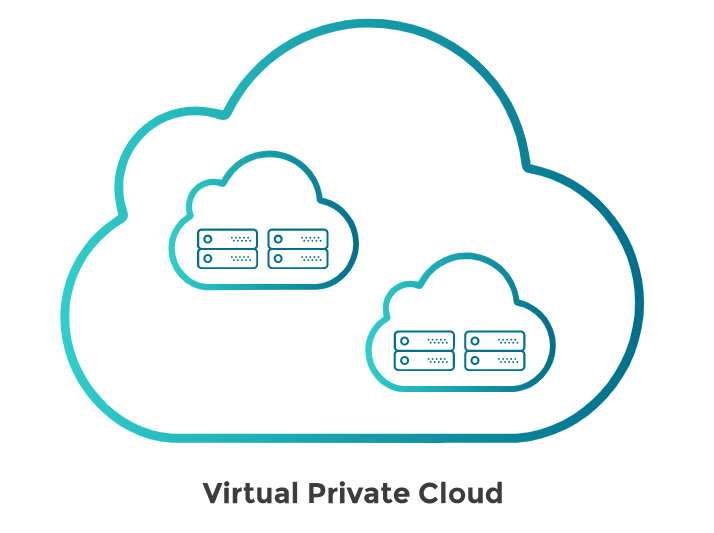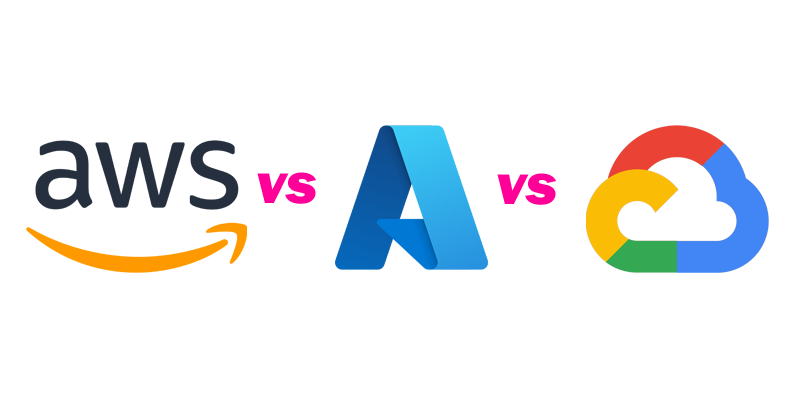Growing a business is like climbing a mountain. You have a vision of where you want to go, but the path isn’t always clear. You take one step at a time, learning as you go. Sometimes you need to backtrack when you find a better path.
What is an MVP?
When it comes to starting a business, the first step is often the hardest: deciding what to build. The minimum viable product, or MVP, is the smallest set of functions a product can have and still be useful.
Creating an MVP is a great way to test assumptions and get feedback from customers.
In this article, we’ll explore the benefits of creating an MVP, and the different ways to build one.
An MVP is a concept that has been used by many entrepreneurs and business leaders. It is a low-risk way to answer the following questions:
1. Is there a need for this product?
2. Is it possible for this product to return a following and an audience?
3. Is the solution to the problem this product solves something the audience really needs? And would they be willing to pay for it?
The idea is that you build a product that is just good enough to get the job done.
A product that delivers the core functionality without letting you put your time and money at risk.
The goal of a Minimum Viable Product (MVP) is to test a product’s core ideas as quickly as possible. An MVP often consists of a basic prototype that is enough to get the core ideas of a product in front of potential customers.
Why do you need an MVP?
Here are multiple reasons why starting with building an MVP is beneficial to you and your business:
1. You’re able to access UX-based insights which will, in turn, help you build a better, more reliable product.
2. It lets you set up a data-driven approach to devising monetization strategies.
3. Creating an MVP will enable you to engage with your clients, allowing for a better understanding of their needs and the ways they use your product.
4. Building an MVP will help you recognize the strengths and isolate the weaknesses of your business concept and improve its value.
By getting the product in front of customers as quickly as possible, you can get the most relevant feedback possible. This will save you from building out features that don’t provide value to your customers.
An MVP allows you to test your product in the early stages of its development and gauge whether your idea is viable.
The insights you gain through the feedback from rolling out an MVP can help you choose the right app, the right features for the target market.
MVP allows you to focus on what is truly important, ensuring minimum risk and higher customer satisfaction. Having a restricted range of features allows you to invest your time and money in a planned way.
Discover how Liquid Technologies makes sure YOU get the best out of YOUR products.
How can YOU build an MVP?
It is imperative for you to focus on not only creating a product that has minimum features but is viable too.
Entrepreneurs usually end up compromising one of these two salient attributes and it is, thus, important to streamline the process of creation of the MVP in order to avoid losing out on any of these attributes.
Here’s how can you go about building an MVP that has minimum features and is viable:
First, you must figure out whether the product you want to develop will ultimately be the solution to a problem your customers are facing.
In addition to knowing the problem you want to solve, you also need to know who you’re solving the problem for.
Who’re you making this for?
This means you need to set a target audience for your product and build something that caters to their needs.
Next, you must be aware of who you are up against. This involves extensive research on existing products circulating in the market, and building something that offers more, or better, than what your competitors provide.
Keeping all of this in mind, here’s how the timeline for an MVP rollout looks like:.
Prototyping
The first 1–3 weeks involve workshopping to generate a prototype for your product with the utmost focus being placed on clients. This results in a digital prototype tested on appropriate personas and an extensive report with the insights of the workshop. You then weigh these findings against competition benchmarks and, after further user analysis, refine the experience to prepare for the production of a top-of-the-line UI design in the next phase.
Proof of Concept
In the second phase, we focus on building an MVP in line with the Lean Development Methodology. The purpose of this particular phase is to create a product that is as simple as possible, incorporating the customers’ needs into its development. To ensure that the work starts smoothly in this phase, we begin by organizing a kick-off meeting, mobilizing all the team’s goals beforehand, resulting in a clear roadmap for development.
Commercial Product
The third phase is where further development takes place on the product. You can now start to integrate the product with existing systems while following a roadmap for development and listening to the customers. And then, finally, at the end of this phase, you have a product that you can deliver to the market that caters to the needs of its target audience and is tailored to the organization’s profile.
Like what you read? Contact Liquid Technologies NOW to schedule a call with our Growth Advisors, and kickstart your own MVP!




















